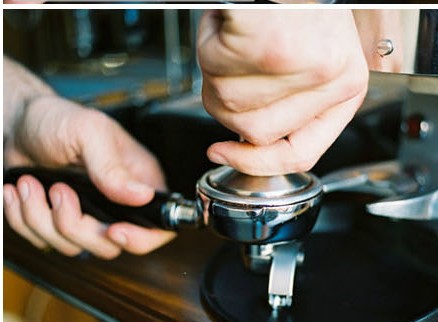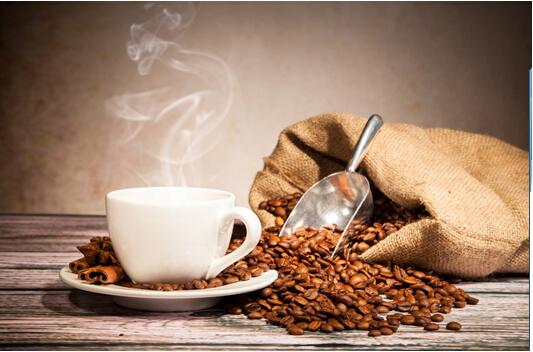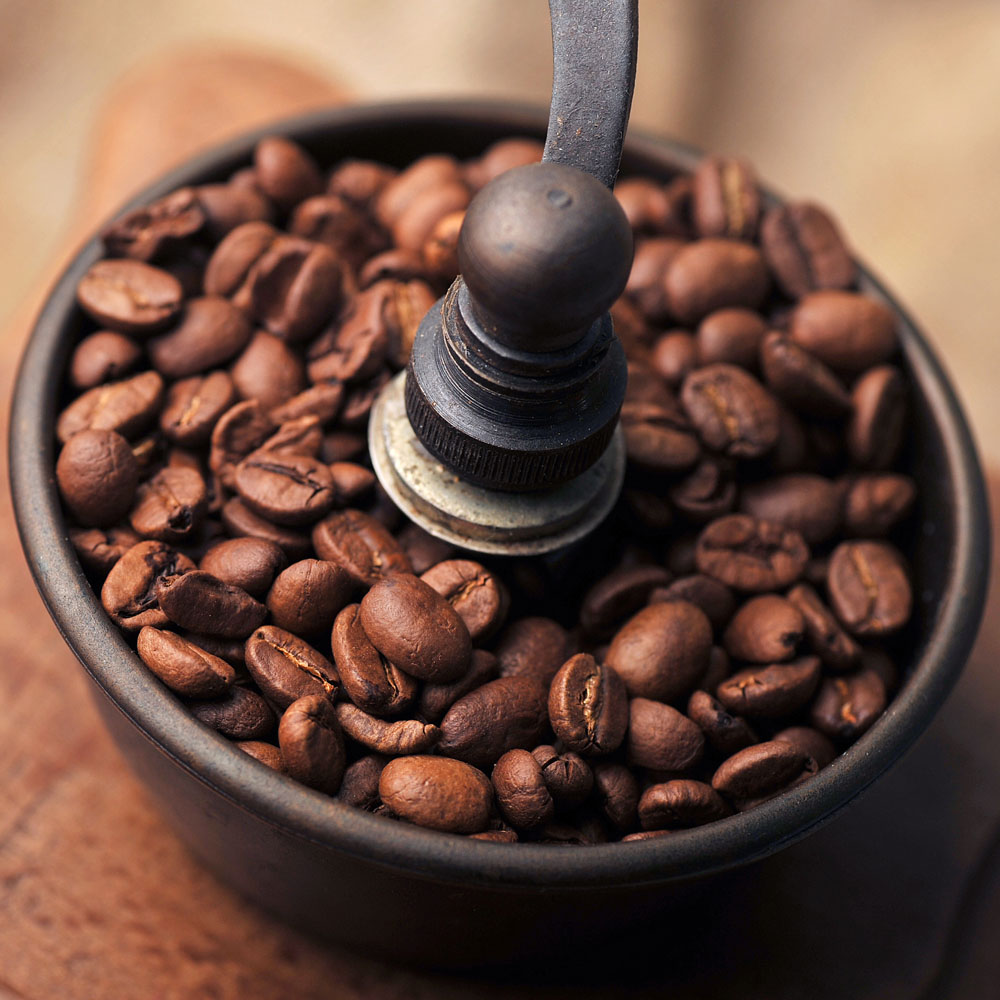Espresso production: factors that should be paid attention to Coffee Powder pressing skills and strength Powder Compressor
Previous blog posts have introduced various factors that affect the taste of Espresso. Here is a further summary of only one of these factors, which is also a very important step in the process of making Espresso. What is assumed here is the ideal state, leaving aside other factors, powder quantity, water temperature, grinding degree, humidity, water pressure, etc., and only consider the influence of powder pressing action and the elements that powder pressing should pay attention to.

Generally speaking, the process of pressing powder can be divided into two steps, first pressing once, gently tapping the edge of the powder bowl, and pressing powder for the second time. This is now a more common way of pressing powder (of course, there are other ways). The effect of pressing powder is that pressed powder is tight, and the surface of pressed powder is flat and horizontal. How can such a result be achieved? In addition to the need for many exercises, the two steps of powder pressing are also required.
The first time you press the powder, you need to press it gently. Some say it is heavy pressure, in order to make the coffee powder compact to form a good pressed powder foundation. First of all, heavy pressure can indeed form a good pressed powder foundation (just like laying a foundation, you must have a good foundation before you can build a solid house). But the heavy pressure also has a downside: if the heavy pressure is not well controlled, the surface of the basic coffee pressed powder is likely to be not flat but inclined, so that no matter whether your second powder pressing is light pressure or heavy pressure, you can not correct such noodles. Second, after the first heavy pressure, only a foundation is formed, but the interior is not the most ideal compact state (otherwise only this time pressing powder is enough, and the rest of the action is superfluous), so if light pressure is used when pressing powder for the second time, it is difficult to exert enough influence on the internal coffee powder, if heavy pressure is used, it will destroy the foundation that has been formed, and is not conducive to meeting the requirements of pressed powder. And the first time to press the powder to take light pressure, will reduce these bad effects. With a little pressure, the coffee powder becomes a little tighter, so that the surface of the coffee powder becomes smooth.
The act of tapping a powder bowl between pressing powder. The main purpose of this action is to make the coffee powder adhere to the inner wall of the powder bowl fall down (otherwise, when making the extraction, these powders can easily be soaked and stuck to the inner wall of the outlet head, forming black dirt over time). Some people are used to knocking many times, some people are accustomed to knocking on the lower part of the powder bowl, and some people are used to knocking hard at once, which are all bad. First of all, the coffee powder just adheres to the inner wall and can be dropped by tapping it gently, so there is no need to hit it many times or use a lot of strength. Second, although tapping on the bottom of the powder bowl can also make the coffee powder fall, this action can also have a more serious bad effect-- making the internal coffee powder move. Pressed powder, which has been slightly tightened by light pressure (although it may not be visible on the surface), it is difficult for the powder to correct such a mistake. Therefore, the action of tapping should be gentle, and it is best to control the number of knocks within three times along the edge of the powder bowl.
The second pressing powder requires heavy pressure. The coffee powder which has been lightly pressed in front has formed a relatively compact pressed powder, so it needs to be pressed further to meet the compaction requirements of pressed powder required by the production of Espresso coffee. The reason why it is not suitable for light pressure is that the compactness of light pressure pressed powder is not enough to produce rich and mellow espresso. But there are requirements for stress. The heavy pressure is to make the coffee powder more compact and the noodles should be kept horizontal, so the pressure should be big. But the force should also be uniform, otherwise the flour will tilt, or it may look horizontal on the surface, but in fact, the density of the whole pressed powder is inconsistent (some coffee powder is large and compact, in some places coffee powder is less but relatively loose) this will also affect the next step of production and extraction. So the second time to press the powder with heavy pressure, at the same time pay attention to the uniform force (the thumb and index finger can be placed on the upper edge of the powder hammer to touch the upper edge of the powder bowl, according to which it feels like a uniform force). In order to achieve the ideal state, the pressure is generally controlled at three to four times is the best. Some people are used to pressing hard and then rotating the powder hammer to achieve the effect of multiple heavy pressure, but this is a very bad habit. The powder hammer can be rotated between three to four times to sense the overall pressed powder level with the thumb and index finger, but do not press hard during rotation. The rotation with pressure can easily drive the pressed powder to move slightly together, which can easily cause the pressed powder to not combine closely with the edge of the powder bowl, and cracks will appear inside the pressed powder, which will give a relatively loose channel for hot water, resulting in the failure of the final coffee.
Pressing powder is the biggest factor in the production of Espresso that can be controlled by manpower in addition to adjusting the degree of grinding. Making Espresso after this step will make it easier to analyze the causes of the bad situation (because it excludes the most uncertain factor of human error). It takes a lot of practice to form good habits.
Of course, this is only one of the many ways to press powder, and it is not the only correct way. Constant practice and summary, to find the most suitable for their own way is the most important.
Source: happy Coffee Xiao Xu's blog
Important Notice :
前街咖啡 FrontStreet Coffee has moved to new addredd:
FrontStreet Coffee Address: 315,Donghua East Road,GuangZhou
Tel:020 38364473
- Prev

When was coffee introduced into China? How does coffee spread to China? The development of coffee in China
The history of the introduction of coffee into China is not long, and it was not until 1884 that coffee was first planted in Taiwan Province. In the mainland of the motherland, the earliest coffee cultivation began in Yunnan. At the beginning of the 20th century, French missionaries brought the first batch of coffee saplings to Binchuan County, Yunnan Province, and began to grow coffee in the mainland. Chinese people have been drinking tea for thousands of years.
- Next

Spresso production: grinding coffee powder introduction of medium and fineness of coarse and fine coffee powder
First of all, the strength of powder pressing is not a condition for adjusting the degree of grinding. The strength of powder pressing should be relatively stable. After adjusting the degree of grinding, the strength of the pressing powder can be adjusted appropriately, either large (when the degree of grinding is slightly thickened) or smaller (when the degree of grinding is slightly adjusted). In order to make the coffee flavor performance more stable. That is to say, the degree of grinding is to a certain extent
Related
- Beginners will see the "Coffee pull flower" guide!
- What is the difference between ice blog purified milk and ordinary milk coffee?
- Why is the Philippines the largest producer of crops in Liberia?
- For coffee extraction, should the fine powder be retained?
- How does extracted espresso fill pressed powder? How much strength does it take to press the powder?
- How to make jasmine cold extract coffee? Is the jasmine + latte good?
- Will this little toy really make the coffee taste better? How does Lily Drip affect coffee extraction?
- Will the action of slapping the filter cup also affect coffee extraction?
- What's the difference between powder-to-water ratio and powder-to-liquid ratio?
- What is the Ethiopian local species? What does it have to do with Heirloom native species?

